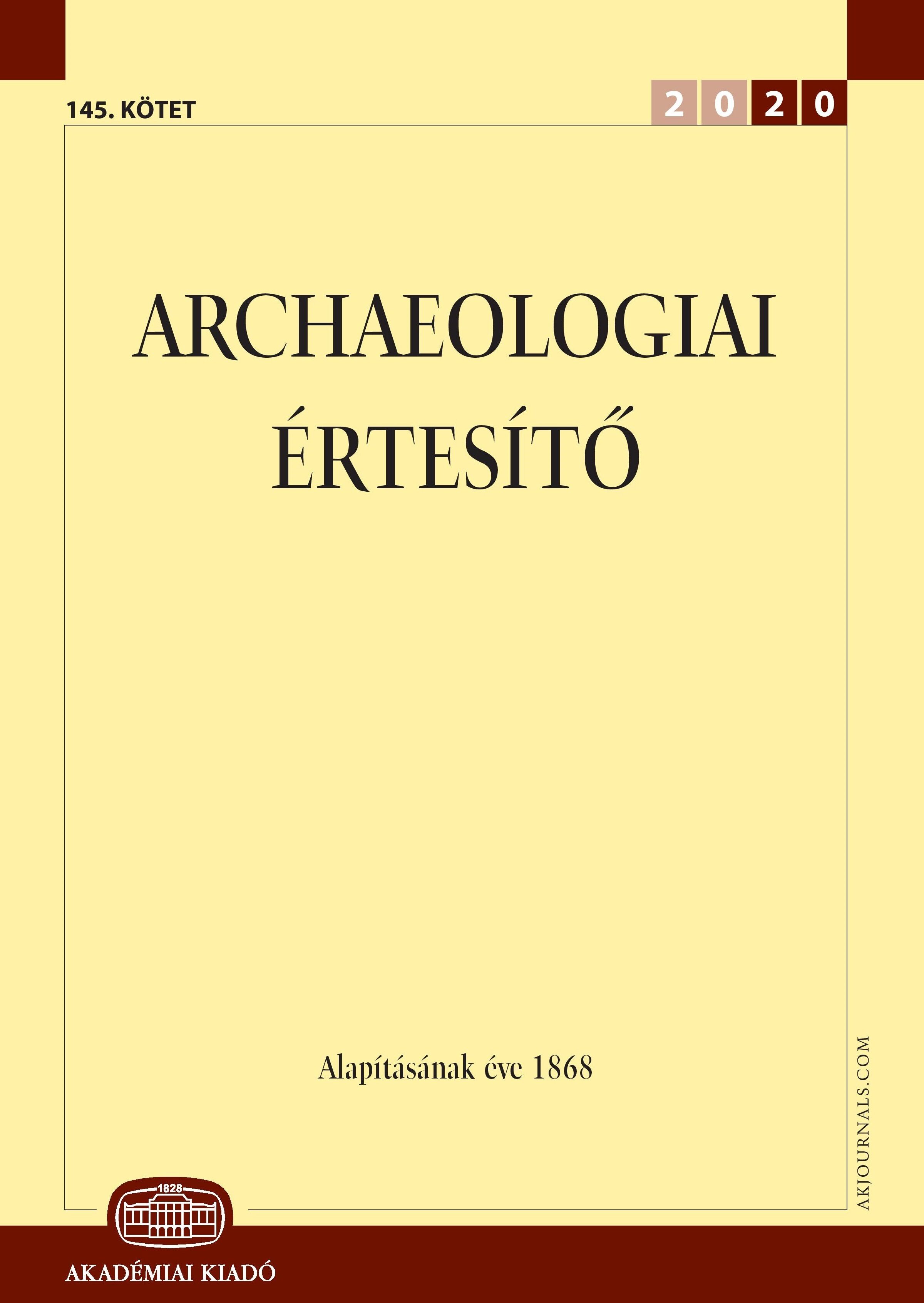A Gáta–Wieselburg-kultúra temetője és kiemelkedő síregyüttesei Nagycenk-Farkasverem lelőhelyről
The cemetery of the Gáta–Wieselburg Culture and its remarkable graves from the site of Nagycenk Farkasverem (Western Hungary)
Author(s): Eszter Melis, Bálint Savanyú, Tamás Hajdu, Anett Gémes, Katalin Gyenesei, Attila MrenkaSubject(s): Archaeology
Published by: Akadémiai Kiadó
Keywords: Early Bronze Age; Middle Bronze Age; inhumation burial; metal-coated stone macehead; high-status burial;
Summary/Abstract: Excavations preceding the M85 motorway brought to light a previously unknown Bronze Age cemetery in the outskirts of Nagycenk in 2017 and 2018. The burial ground turned out to be unique both in the quantity and type of copper or bronze artefacts deposited there. The inhumation burials and their grave goods are associated with the Gáta–Wieselburg Culture, that distributed in the territories of western Hungary, eastern Austria, and south-west Slovakia (Rei. BA1–A2, 2200/2100–1600/1500 BC). In this preliminary report, we will be discussing three of the male burials out of the altogether thirty two graves unearthed at the Nagycenk-Farkasverem cemetery, that stand out due to the grave furniture accompanying the deceased. Based on radiocarbon dates these graves can be dated to the turn of the Early and Middle Bronze Age in Hungary (with 1σ probability 2010–1780 cal BC). They serve as evidence of a community with outstanding wealth and a wide network of contacts, including perhaps technological knowledge (see the metal-coated stone macehead), in the Lake Fertő (Neusiedl) region, during the period of the ‘princely burials’ of the Early Bronze Age in Central Germany.
Journal: Archaeologiai Értesítő
- Issue Year: 149/2024
- Issue No: 1
- Page Range: 105-134
- Page Count: 30
- Language: Hungarian

